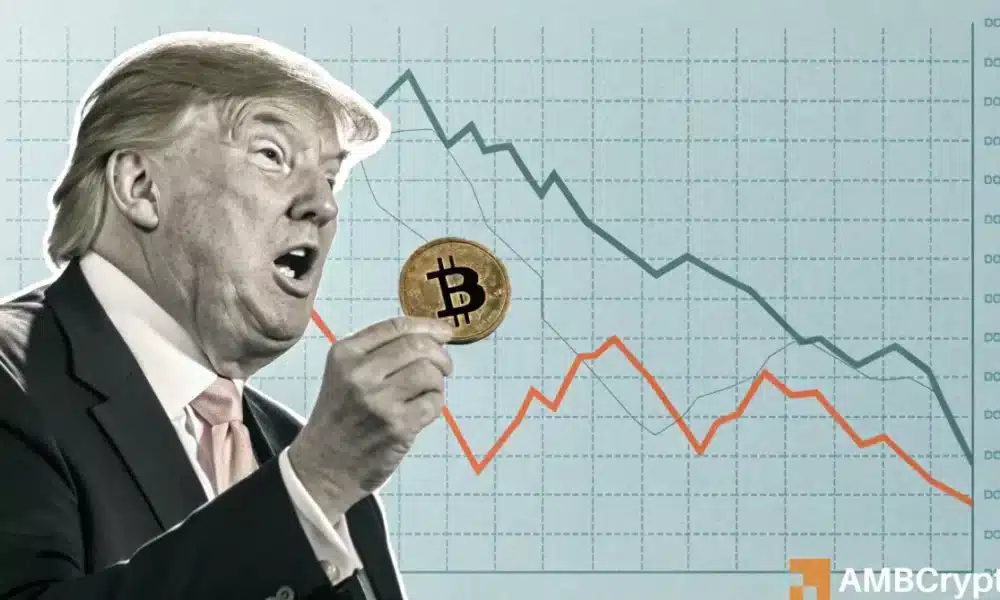Following the recent announcement of tariffs by President Donald Trump on Canada, Mexico, and the European Union, the cryptocurrency market has once again experienced a downturn after a brief period of stabilization.
During his first cabinet meeting, Trump revealed plans to implement a 25% tariff on imports from the European Union, particularly targeting cars and other products.
On February 26th, Trump stated, “We have reached a decision and will be making an announcement shortly. The tariff will be around 25% on various goods, including automobiles.”
Current Status of the BTC Market
Recent data from CoinMarketCap shows that the global cryptocurrency market cap has decreased by 3.61% in the last 24 hours, amounting to $2.83 trillion.
Bitcoin (BTC), in line with the overall market sentiment, is currently priced at $86,112.34, reflecting a 3.01% decline and marking three consecutive days of losses.
Although Bitcoin briefly dropped to $82,256, its lowest point since November 11, 2024, it later experienced a slight recovery. However, market indicators suggest that more corrections may be imminent before stability is restored.
Insights from Analysts
Independent market analyst Scott Melker shared a chart illustrating bullish divergence with an oversold RSI still in effect. He commented, “We are still observing a higher low with the RSI. A clear upward movement on the next candle is needed for confirmation.”
Amidst Bitcoin’s uncertainty hovering around the $80,000 range, market confidence has diminished significantly. The Crypto Fear & Greed Index has dropped to 10, its lowest level in a year, reflecting “extreme fear” in the market.
Traders hold differing opinions on where Bitcoin’s stabilizing price may settle, with many predicting a potential bottom between $80,000 and $71,000.
Additionally, recent data shared by Velo on X (formerly Twitter) highlights Bitcoin’s worst three-day performance since 2022, accompanied by significant capital outflows from spot BTC ETFs.
Recent Developments
Besides the market turmoil caused by Trump’s tariff policies, broader economic uncertainties have emerged. The Trump administration’s directives to federal agencies for extensive layoffs have added more unpredictability to the financial landscape.
This has led to a sell-off in U.S. equities, with the S&P 500 experiencing declines amid growing economic anxieties.
Furthermore, alongside the shockwaves from Trump’s tariffs, the cryptocurrency market has witnessed a wave of liquidations. Within an hour, $340 million was wiped out, with a staggering $150 billion lost in the past 24 hours. The increased volatility has triggered panic selling, further deepening losses across the market.
Moreover, the recent Bybit hack on February 21st has exacerbated investor uncertainty. The exchange reported a massive $1.4 billion loss, marking it as the largest financial breach in history and intensifying uncertainty in the already fragile market.
With these events impacting the crypto space, it remains uncertain whether Bitcoin will discover new support levels or prolong its decline.

